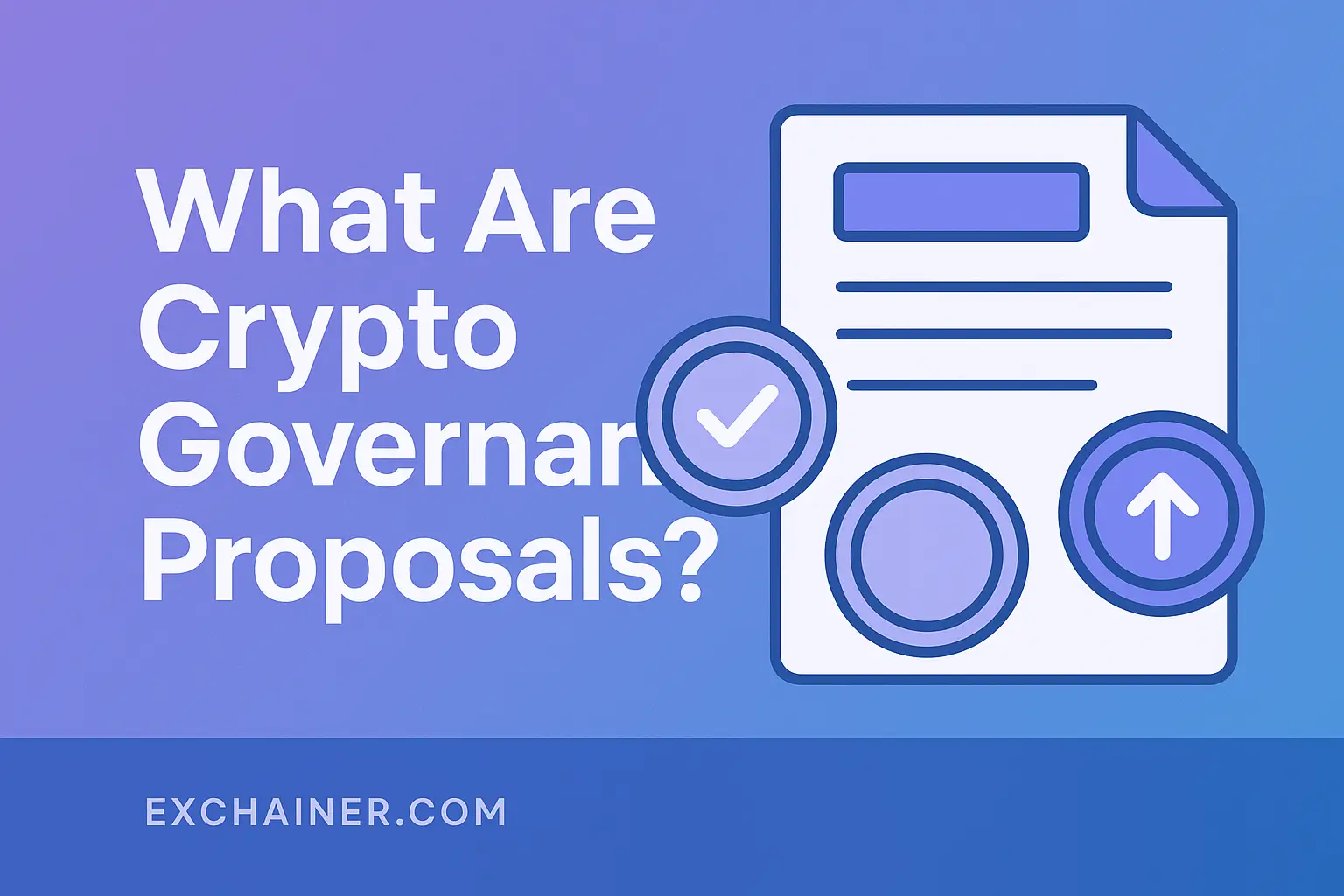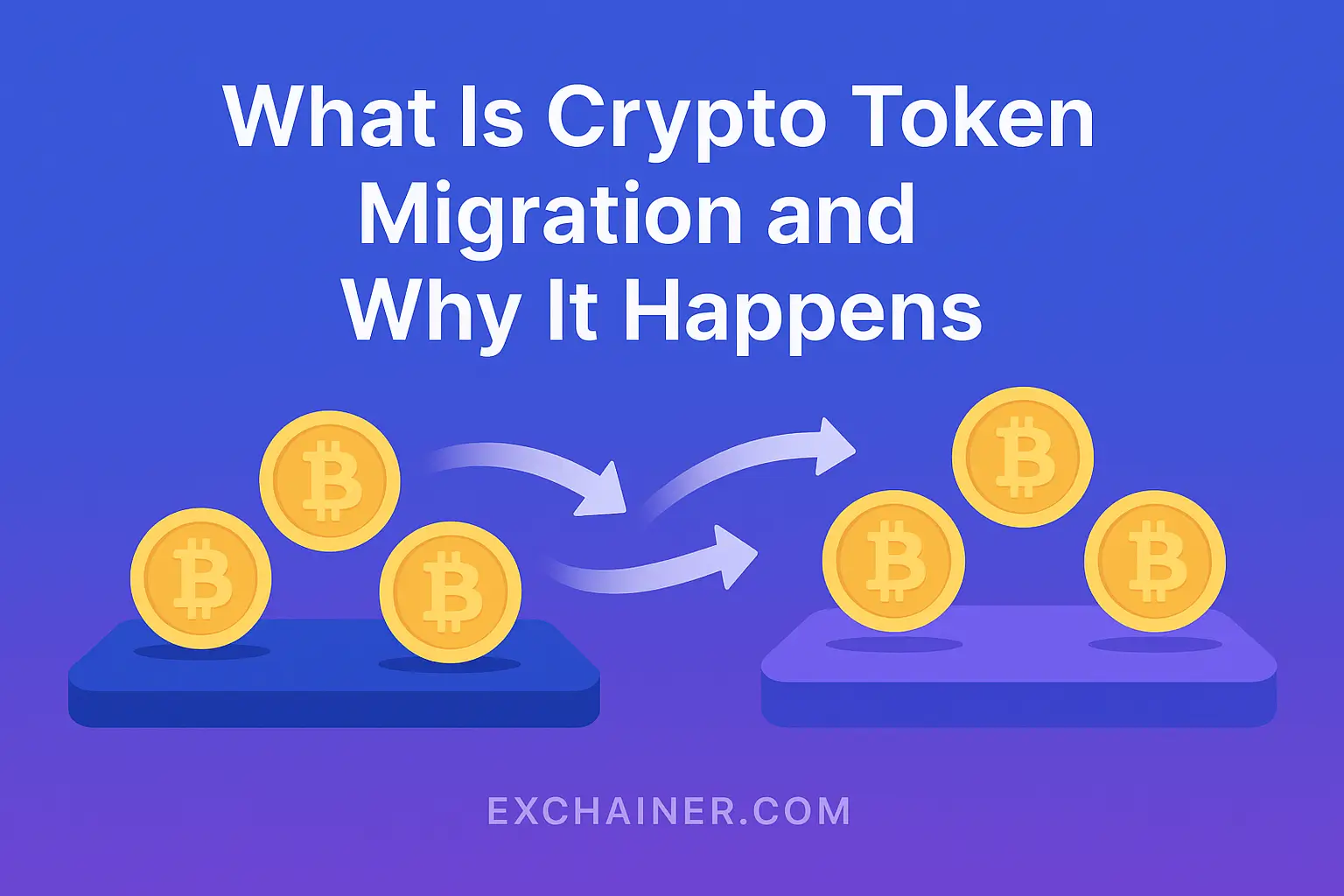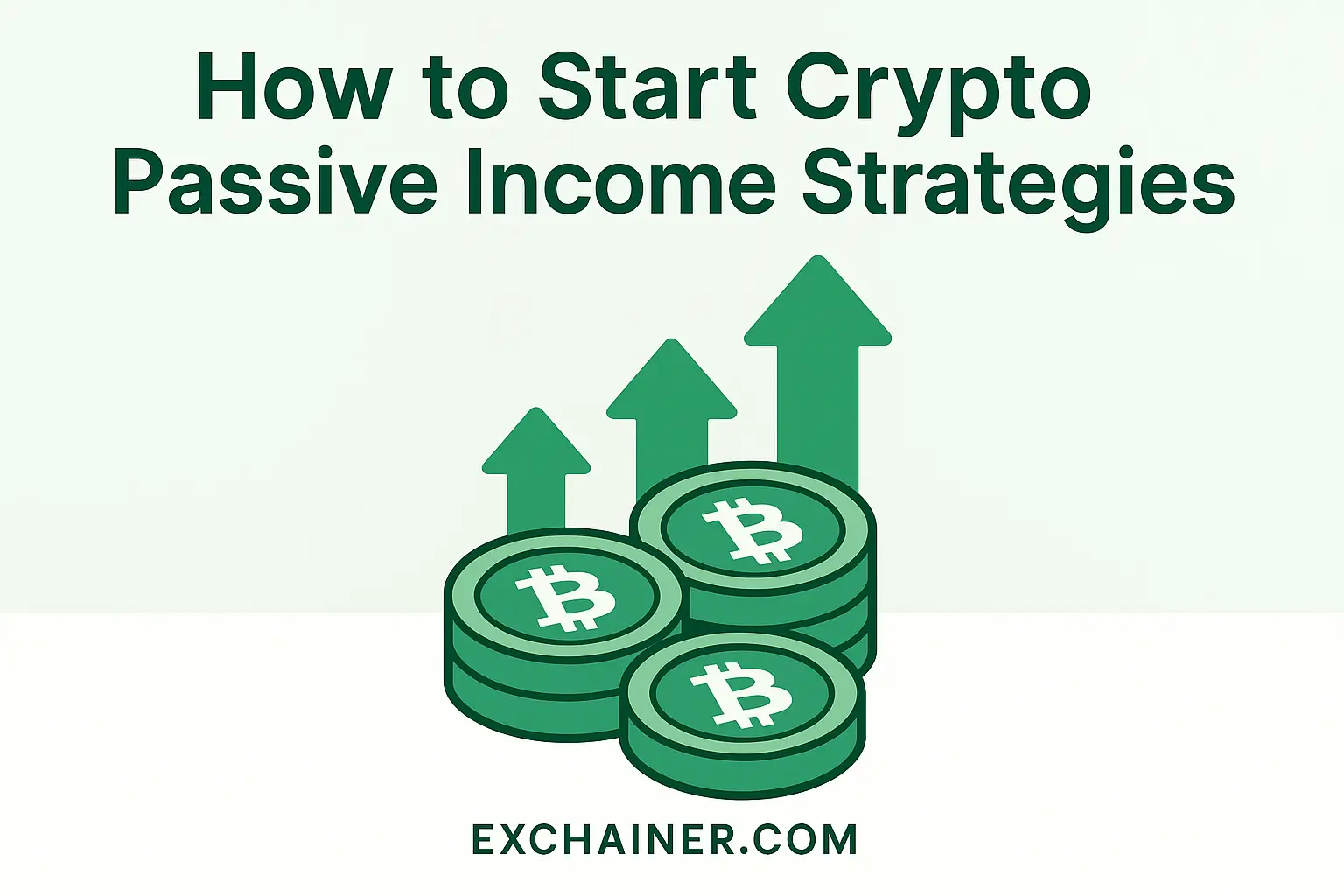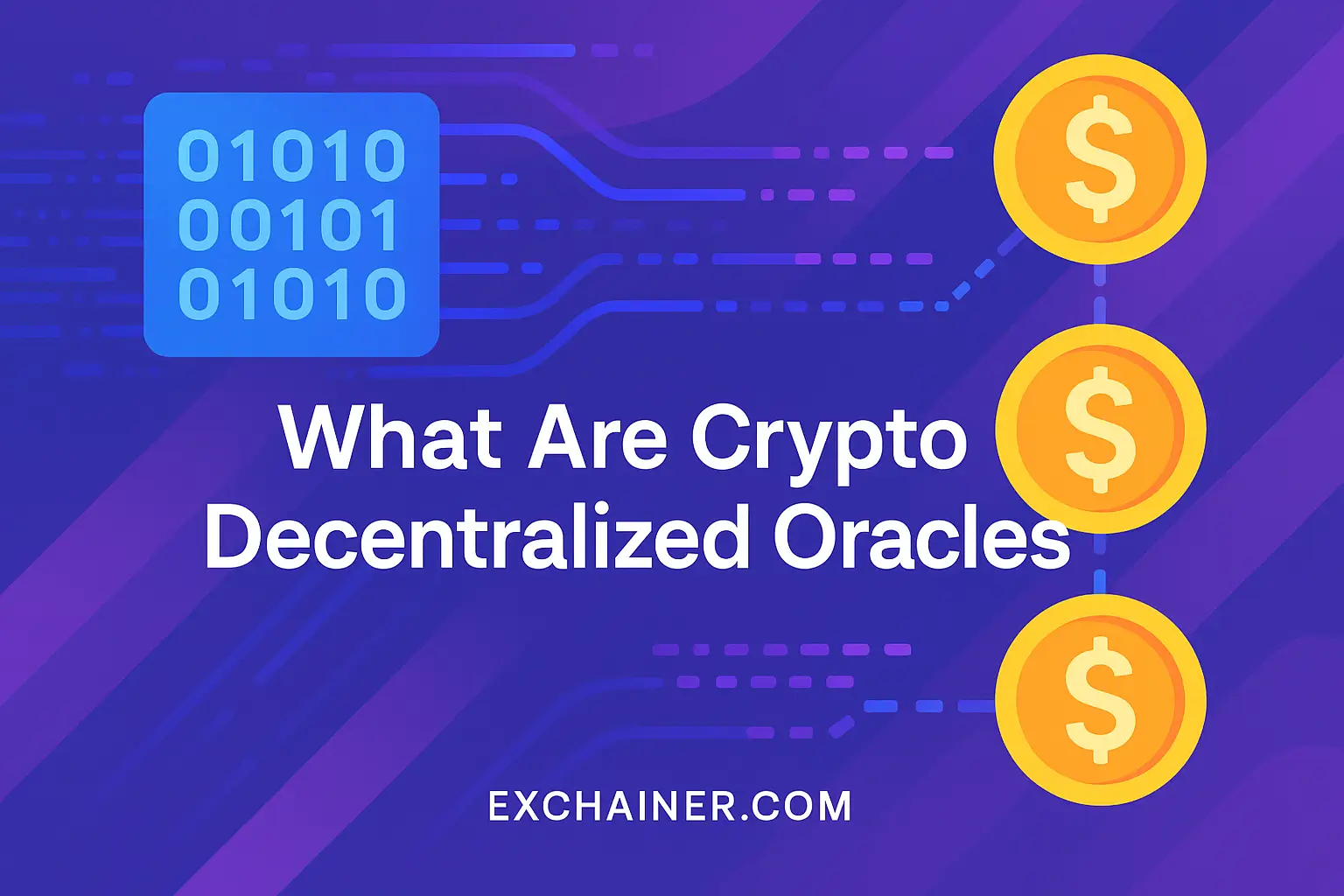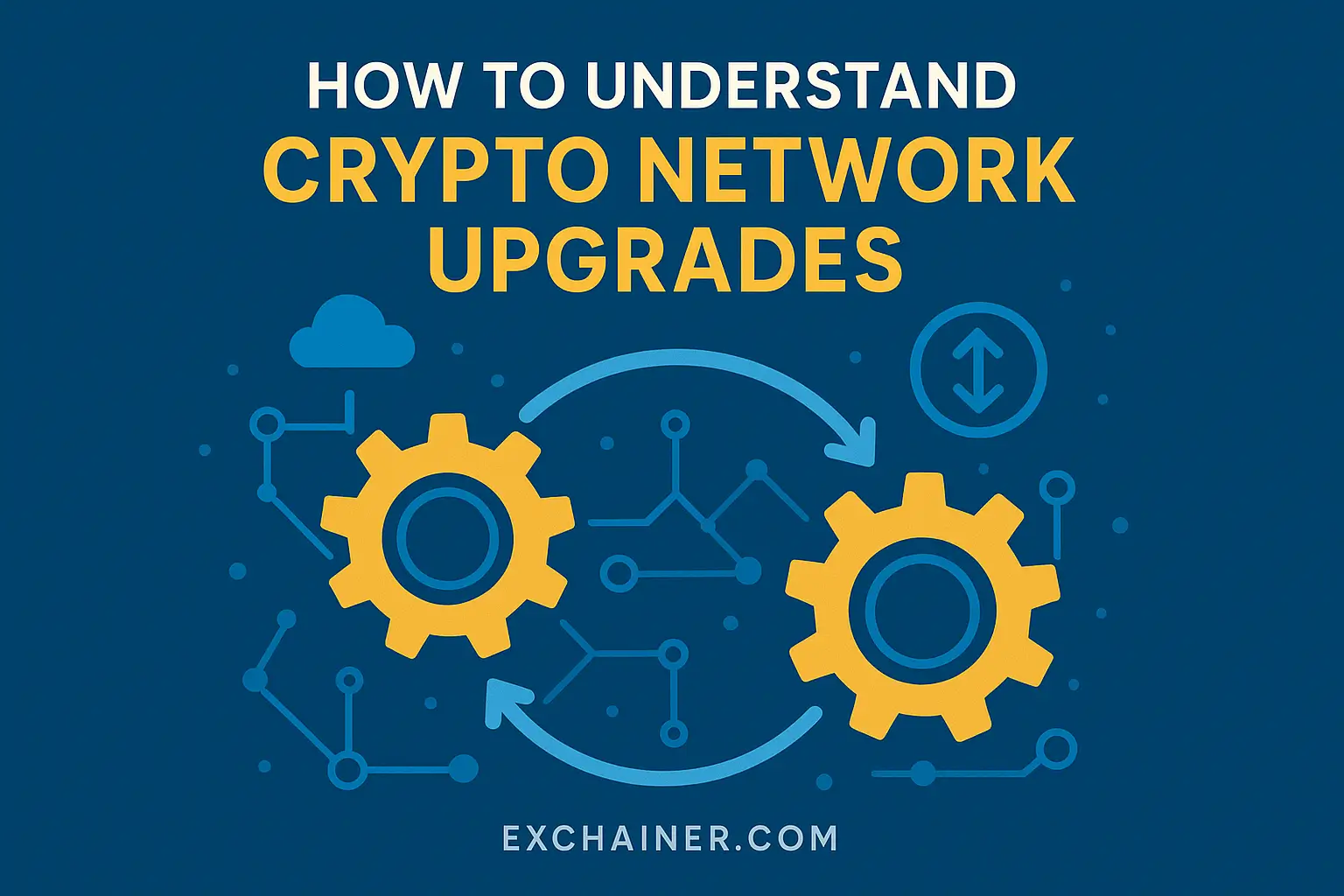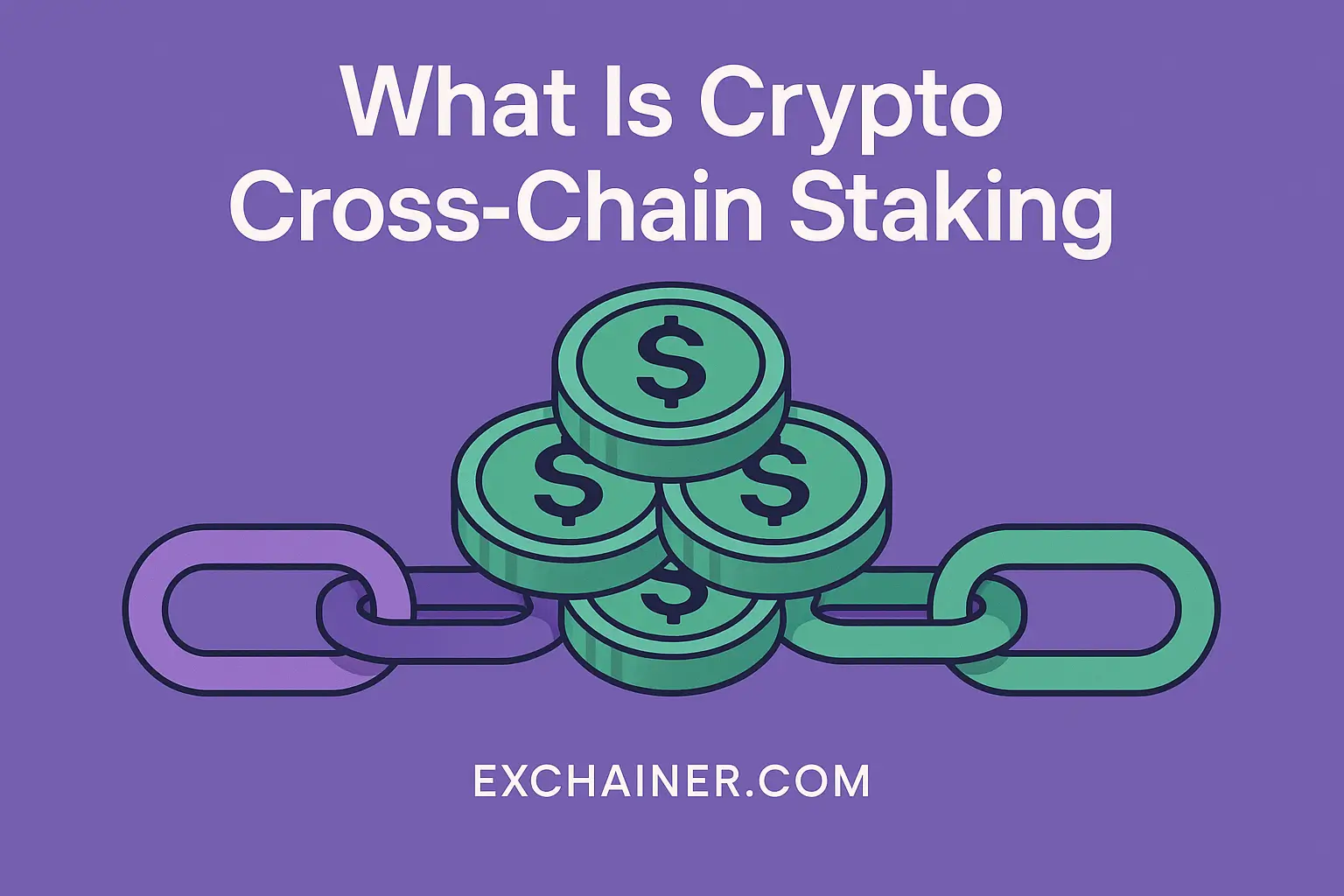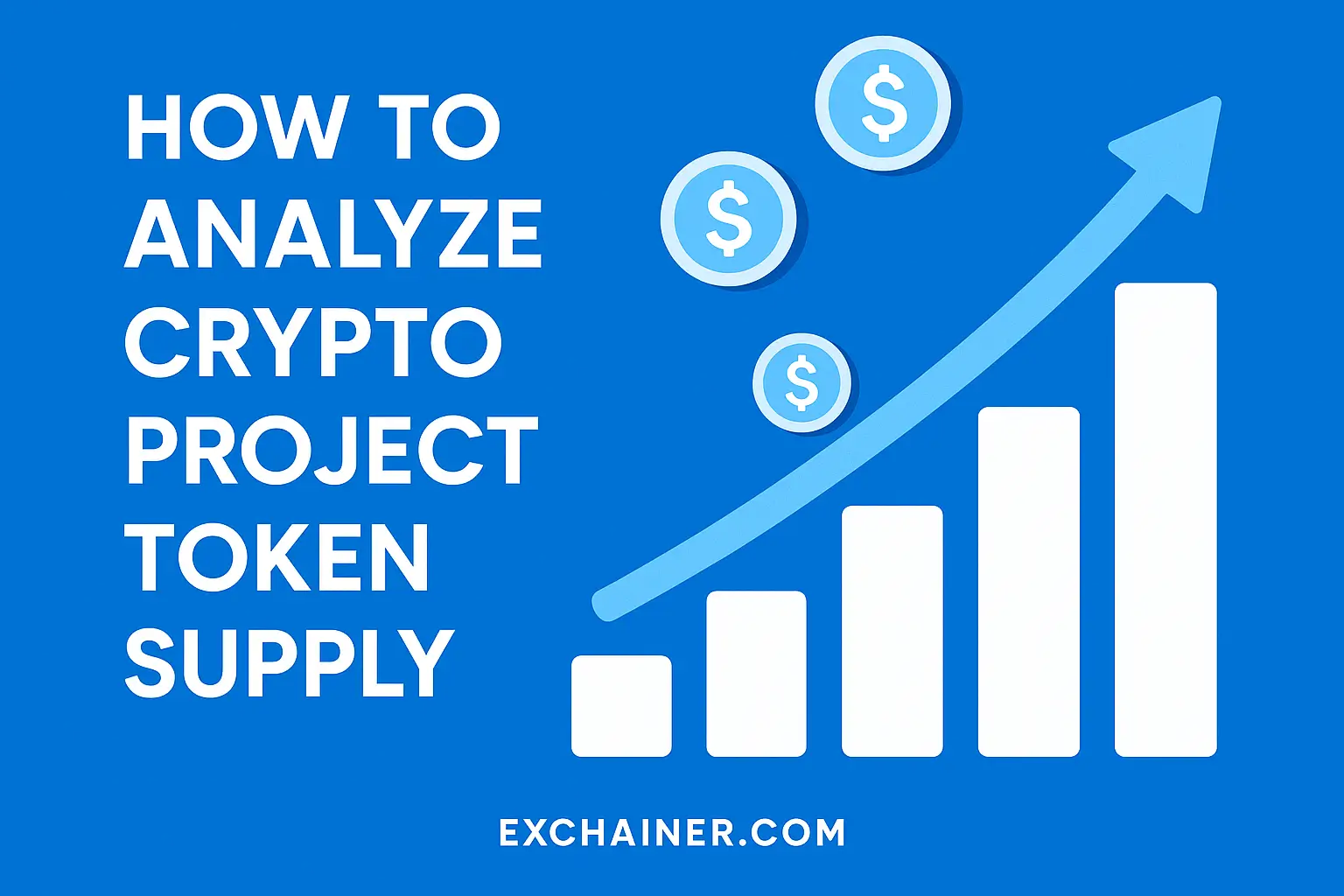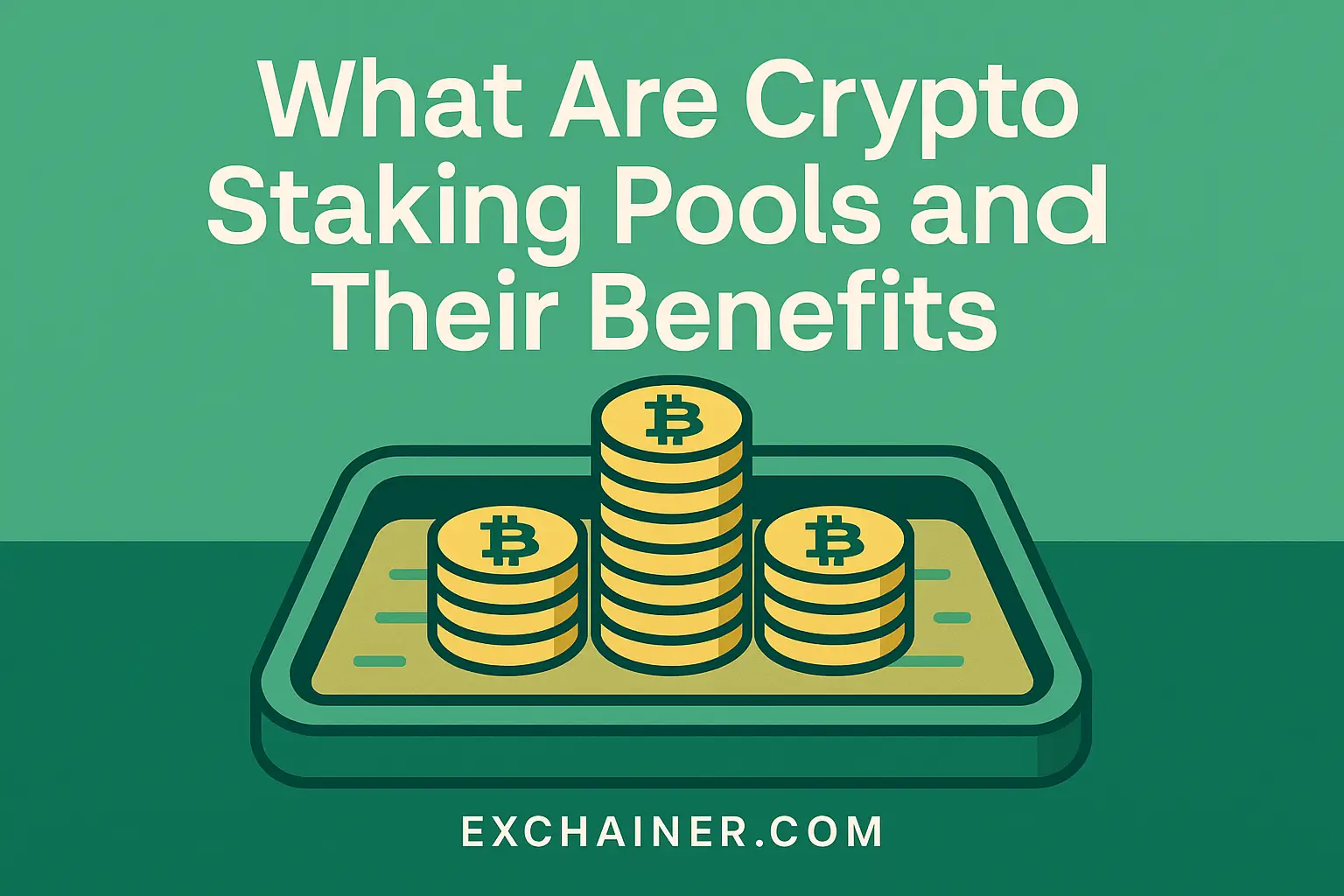Understanding Governance Proposals: Shaping the Future of Crypto Projects
Friends, if you’ve ever wondered how decentralized crypto projects make big decisions or change their protocols, governance proposals are at the heart of it all. In the world of cryptocurrency, governance proposals represent a democratic way for communities to decide on upgrades, funding, or key changes without relying on a central authority. Whether you are a beginner learning the ropes or an intermediate trader diving deeper into crypto mechanisms, understanding governance proposals is essential to grasp how decentralized networks evolve and maintain trust. This article will explain governance proposals from the ground up, explore how they impact the crypto ecosystem, and give you practical insights so you can participate confidently.
Governance proposals help answer some of the biggest "what if" questions in crypto projects. What if the community wants to upgrade the blockchain? What if developers propose a new feature or need funding? These proposals are how the community gets to vote, decide, and influence the future path of the project. Think of it like a transparent online town hall, where every token holder might have a say proportional to their stake. This is quite different from traditional companies where decisions are made behind closed doors by executives. So, whether you’re holding Ethereum, participating in DeFi protocols, or exploring DAO ecosystems, learning about governance proposals puts you right where the action and real power live.
In this article, we will break down crypto governance proposals step-by-step, clarify firsthand terms, and walk through how you can get involved. By the end, you’ll understand the significance of this decentralized decision-making process and how it helps crypto projects remain flexible, transparent, and community-driven.
What Exactly Are Governance Proposals in Crypto?
Governance proposals are formal submissions made within a blockchain project’s governance system, suggesting changes, new ideas, or funding allocations that require community approval. Let’s unpack that:
-
Proposal: A detailed suggestion outlining a change such as modifying a smart contract, upgrading the network’s consensus mechanism, or deploying new features.
-
Governance System: The framework (on-chain or off-chain) designed for community members or token holders to debate and vote on these proposals.
-
Token Holders: Members of the community who own the project’s tokens and can participate in voting according to their holdings or other rules.
Governance proposals allow decentralized platforms to operate without a traditional board of directors or management team. Instead, changes are decided collectively, making these systems more transparent and resistant to authoritarian control. This community-governed model reflects the core ethos of cryptocurrencies: decentralization, openness, and fairness.
Types of Governance Proposals
Understanding the common types of proposals helps you see the practical impact:
-
Protocol Upgrades: Changes to the network’s code to improve security, scalability, or add new features. For example, Ethereum’s transition from Proof of Work to Proof of Stake involved multiple governance proposals.
-
Parameter Changes: Adjustments to operational variables like block size, transaction fees, or staking rewards.
-
Funding Requests: Proposals asking the community treasury or DAO funds to be allocated for development, marketing, or partnerships.
-
Community Initiatives: Suggestions for community programs, events, or educational campaigns.
Each proposal varies in complexity and impact but always requires community input before implementation.
How Do Governance Proposals Work in Practice?
While mechanisms vary depending on the project, governance proposals typically follow a staged process involving submission, discussion, voting, and execution.
1. Submission
Anyone in the community or designated developers submit the proposal. Most platforms require proposals to be detailed, including the purpose, technical specifications, and possible risks.
2. Discussion
Proposals enter an open discussion phase where community members debate merits, ask questions, and suggest modifications. This step often happens on forums, social media groups, or dedicated governance portals.
3. Voting
After enough discussion, proposals move to the voting phase where token holders cast their votes. Voting power may depend on token quantity, staking positions, or other metrics defined by the protocol.
4. Execution
If the proposal reaches the required approval threshold, it enters implementation. For on-chain governance, this might trigger automatic code upgrades or fund transfers. Off-chain governance often requires manual execution by developers.
An Example from a Real Project: Compound Governance
Compound, a widely-used DeFi protocol, offers a clear example of governance proposals in action. Users who hold COMP tokens can propose changes or vote on issues like collateral types approved for loans or interest rate models. Here’s how it played out:
-
A user suggests increasing the maximum loan-to-value ratio for a certain asset.
-
The proposal is posted and discussed on Compound’s forums.
-
COMP holders vote during a two-week window.
-
If approved, the protocol automatically adjusts the settings after the voting period.
Compound’s transparent approach emphasizes community involvement and accountability.
Why Governance Proposals Matter to Crypto Users
Now, you may ask, “Why should I care about governance proposals as someone trading or holding crypto?” Well, here are some compelling reasons:
Power to Shape Project Direction
Instead of letting developers or insiders decide alone, governance proposals give token holders a voice. This democratization ensures changes reflect the community’s interests.
Protection Against Risks
Transparent decision-making processes help surface potential issues before they become costly mistakes, such as vulnerabilities in code or unfair economic designs.
Financial Opportunities
Governance participation sometimes rewards voters with tokens or influence, creating incentives to stay engaged and informed.
Adaptive Networks
Thanks to governance proposals, crypto projects can upgrade and improve without hard forks or disruptions, supporting smoother user experiences.
Tips for Engaging with Governance Proposals
If you want to jump in and start participating, here’s how to do it effectively:
-
Stay Updated: Follow your project’s official channels — forums, Twitter, Discord — to catch proposals early.
-
Learn the Rules: Each DAO or platform has specific voting mechanics, quorum rules, and timelines. Make sure you understand them to have your vote count.
-
Do Your Research: Don’t vote blindly. Read the proposal thoroughly, check community feedback, and consider technical implications.
-
Engage Thoughtfully: Join discussions with respect and curiosity. Communities grow stronger with diverse viewpoints.
-
Use Wallets Carefully: Secure wallets with governance participation capabilities, such as MetaMask or hardware wallets.
Engaging in governance not only strengthens your own knowledge but influences the direction of your crypto investments positively.
Challenges and Future of Crypto Governance Proposals
Despite their benefits, governance proposals are not without challenges. Some common issues include voter apathy, concentration of voting power, and complex proposal details that confuse newcomers.
Voter apathy happens when many token holders don’t participate, leaving decisions in the hands of few. This risks centralization and undermines the democratic ideal. Also, large holders or "whales" sometimes dominate votes, skewing outcomes toward their interests.
To combat these challenges, many projects are experimenting with solutions such as quadratic voting (which reduces the influence of large stakeholders), incentives for voter participation, and educational campaigns.
The Road Ahead
Governance proposals will continue evolving as blockchain technology matures. Advances in user-friendly governance platforms, AI tools helping summarize proposals, and cross-chain governance models may make the process more inclusive and effective.
Crypto governance is a living experiment in decentralized democracy — as Vitalik Buterin noted, “Cryptocurrency’s core philosophy is aligning incentives to produce desired outcomes without centralized control.” Governance proposals are the key tool to turn that philosophy into practice.
Conclusion: Dive into Governance Proposals and Shape Crypto’s Future
Now that you have a solid understanding of governance proposals, you’re empowered to take part in the decision-making process that defines crypto projects’ futures. Whether it’s voting on upgrades, funding critical developments, or proposing ideas yourself, these mechanisms embody the true spirit of blockchain – community-driven evolution and transparency.
Remember, governance proposals aren’t just technical mumbo jumbo — they are real opportunities to influence projects you care about. They require your attention, your voice, and most importantly, your vote. So why stay on the sidelines when your involvement can make a difference?
Start by exploring governance sections on your favorite crypto platforms. Follow updates, participate in discussions, and maybe even submit your own proposal one day. As you step up, you’ll appreciate how governance proposals fuel innovation, security, and fairness in crypto.
Feel free to deepen your crypto knowledge with more beginner-friendly guides in our Crypto 101 section. If you’re also curious about choosing the right platform for trading or storing your tokens, check out our detailed Exchange Reviews and Tools and Wallets categories. Your crypto journey is just beginning — and governance proposals are your gateway to becoming part of something much bigger than just trading!
Additional Resources:
For a deeper dive, visit the official Compound governance portal at compound.finance/governance or explore latest governance activities on CoinMarketCap Governance dashboards to see real-time examples.
Stay curious, stay active, and welcome to the fascinating world of decentralized governance!

